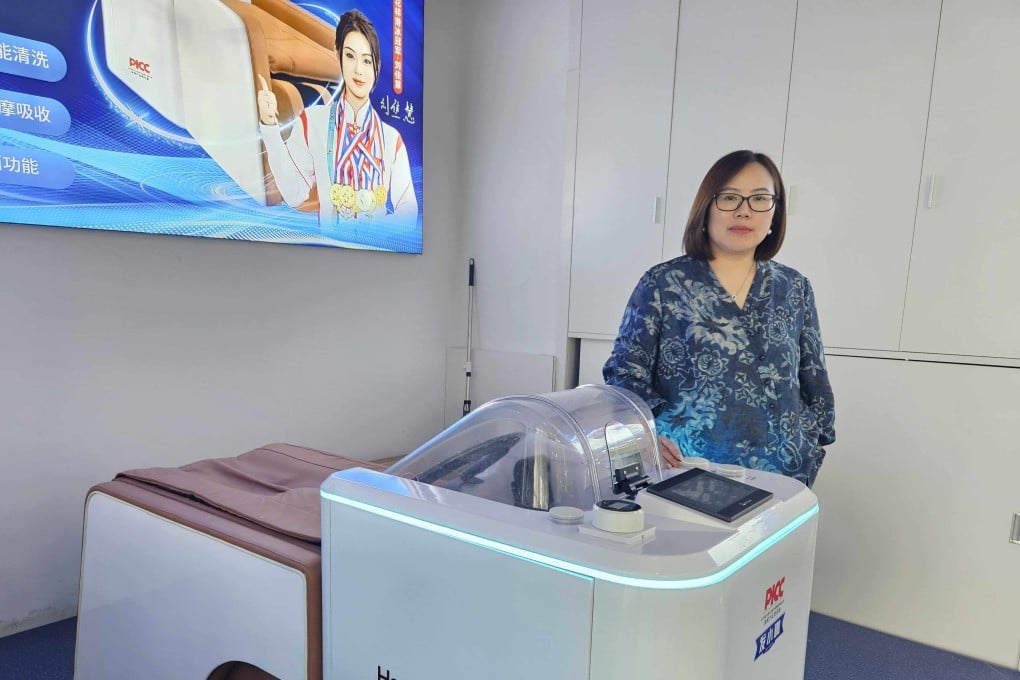Google Pixel 10 series is rumoured to be in development. A company official has now teased the upgrades related to the display technology the smartphone could debut with later this year. While the screens in the Pixel 9 series, including the new Pixel 9a , are said to be one of the best in the business, issues related to pulse width modulation (PWM) dimming rate have been widely known, something which the purported Pixel 10 has been promised to fix.
Display Upgrades With Google Pixel 10 The Google Pixel 9a features a 6.3-inch (1.080x2,424 pixels) Actua (pOLED) display with refresh rate that ranges between 60Hz and 120Hz, and 2,700 nits peak brightness.

To excel in display tests, the Pixel phones, along with other handsets from brands such as Apple and Samsung, utilise a technology called PWM dimming. It essentially modulates the light source in displays to create an illusion of difference in brightness levels. While this is said to help in delivering consistent colours and efficiency, screens with low PWM dimming rate, such as the Pixel 9 lineup with a 240Hz rating, have been known to induce headache, migraine, and even blurred vision.
AndroidCentral questioned a Google official regarding the PWM dimming rate-related issues on Pixel phones, to which they noted that their “teams are aware and investigating this”. Further, the company representative added that users could “expect updates later this year”. Although they did not explicitly specify the devices which will come with the fix, it hints towards potential improvements being made to rectify this issue on the future handsets from the Mountain View-based tech giant, most likely the Google Pixel 10 series.
Interestingly, many Chinese OEMs have been equipping their handsets with high-frequency screens to mitigate this problem. The Xiaomi 15 uses 1920Hz PWM dimming, while the Oppo Find X8 Pro leverages 2160Hz high-frequency PWM dimming technology. In comparison, even the top-of-the-line Samsung Galaxy S25 Ultra has a screen featuring a 492Hz PWM rate, which is considerably lower than its Chinese competitors.
Google Pixel 9 Google Pixel 9a Oppo Find X8 Pro Xiaomi 15 Samsung Galaxy S25 Ultra For the latest tech news and reviews , follow Gadgets 360 on X , Facebook , WhatsApp , Threads and Google News . For the latest videos on gadgets and tech, subscribe to our YouTube channel . If you want to know everything about top influencers, follow our in-house Who'sThat360 on Instagram and YouTube .
.
Technology

Google Pixel 10 Teased to Get PWM Dimming Rate Upgrades for Mitigating Headaches, Blurred Vision
Google Pixel 10 series is rumoured to be in development. A company official has now teased the upgrades related to the display technology the smartphone could debut with later this year. While the screens in the Pixel 9 series, including the new Pixel 9a, are said to be one of the best in the business, issues related to pulse width modulation (PWM) dimming rate have b...















